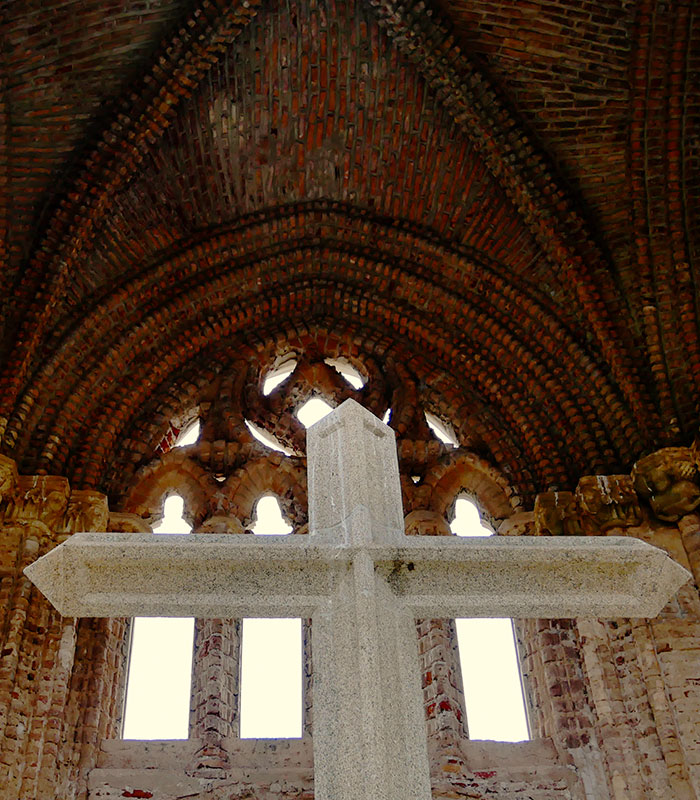The trials and tribulations of the way are forgotten in the joy of reaching this point, which is about four kilometres from the town of Guadalupe. For some fatigue turns into delight on contemplating the beauty and depth of the countryside and making out for the first time the silhouette of the Real Monasterio de Santa María de Guadalupe. For others it is the time to give thanks for the success of the enterprise, which is why the Chapel of El Humilladero was built in the 15th century. This small religious monument allowed the pilgrims arriving from the north on the Highroad to make a stop to pray before reaching the monastery. Even today five centuries later, this little treasure awaits and receives walkers who are art and heritage enthusiasts.
Several of the routes which reached Guadalupe from the north came together on the so-called Highroad, on which pilgrims from places such as Madrid, Segovia, El Escorial, and Toledo arrived at the sanctuary. When this road came to a point about four kilometres from the town of Guadalupe, the Alto de las Altamiras, travellers could contemplate for the first time the impressive appearance of the Real Monasterio. It was on this spot where it was decided to build in the early 15th century the Chapel of El Humilladero where pilgrims could pray and give thanks for having completed their journey without mishap.
In order to build the Chapel of El Humilladero of Guadalupe, which is also known as the Chapel of the Santa Cruz, the same pattern was used as for the Mudejar shrine of the cloister of the Real Monasterio de Guadalupe, with a square ground plan, template bricks, and Gothic decoration

